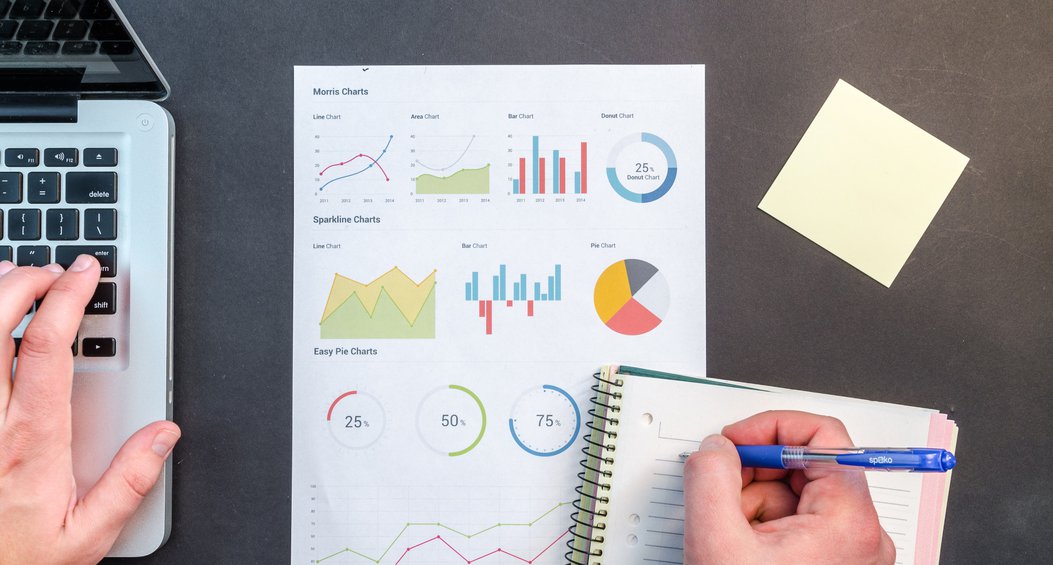
How to Do Financial Forecasting
The accuracy of financial forecasts cannot be emphasized enough. With all that said, how do you ensure your financial forecasting method is flawless?
1. Define Assumptions
The first and one of the most critical steps in the forecasting process is defining the fundamental forecasting issues. The outcome of this initial step will help provide insights into why you are forecasting and the most appropriate methods to adopt. When defining assumptions for the forecast, consider the following questions:
● What is the time horizon of the forecast? Is it the next three months? Six months? twelve months? Five years?
● What is the objective of the forecast?
● What are the issues and trends related to forecasting?
● What are the major revenues and expenditure categories?
2. Gather Information
After defining the assumptions for the forecast, the next step is to gather as much relevant information as possible. Use two kinds of information to support the forecasting process—statistical data and accumulated judgment and opinions from experts. Statistical data includes information from past financial statements you've developed. Your bookkeeper or bookkeeping software should generate various financial statements, including:
● Income statement
● Statement of financial position, i.e. balance sheet
● Cash flow statement
● Statement of shareholders' equity/deficit
Expert knowledge and opinion from professionals within and perhaps outside the company can be helpful in the forecasting process. Such professionals may include financial advisors, auditors, or industry experts. In addition, you must gather all the required information, as the accuracy of your financial forecasts will depend on the availability of sufficient data.
Read also: Immediate expensing of capital property of up to $1.5 million per year.
3. Analyze Financial Information
Perform a detailed preliminary and exploratory analysis involving examining historical financial data and expert opinion relevant to the prevailing conditions. In doing so, you improve the forecast quality and gain insights into when and what quantitative methods might be appropriate and valuable. Pay attention to consistent patterns and trends; more particularly, evidence related to:
● Business cycles - does the revenue or expenditure vary with the level of economic activity? For example, how do market forces impact expenditures and revenues?
● Demographic trends - do changes in population, age, gender, religion, or other demographic factors affect the demand for your products or services?
● Anomalies - does your data include extreme values that need a special explanation? For example, the value could result from a bizarre event that doesn't add to the predictive power of the dataset.
● Relationship between variables - are there notable relationships between variables that could help in forecasting?
Read also: Holding companies 101: a guide.
4. Select a Financial Forecasting Method
Once you've analyzed data, it's time to choose an appropriate forecasting method. You have two options to choose from:
● Qualitative forecasting technique: analyze expert opinions and sentiments about a company and market as a whole
● Quantitative forecasting technique: use historical information and data to identify trends and patterns
Each method is suitable for different uses and has its strengths and weaknesses. However, the qualitative approach would be ideal if your company is a start-up with no historical data.
5. Implement the Method
The last step involves making the financial forecast by putting into practice the method you selected in the previous step (Step 4).
It is advisable to develop a range of possible forecast outcomes using different scenarios. Multiple projections should be a part of a well-planned and thoroughly discussed approach. It helps improve the accuracy of your financial forecast.
Financial Forecasting Methods
Financial forecasting methods typically fall into two categories: qualitative and quantitative forecasting. While quantitative forecasting is straightforward and generates forecasts based on hard data, the qualitative method is often an inexact science that uses soft data, such as estimates from experts that historical evidence can't corroborate.
Quantitative Forecasting Methods
Straight Line
This is the easiest method to implement, as it requires basic math skills to provide reasonable estimates. For instance, you may use a common determinant to predict future financial performance. An example includes: if your business has been growing by 10% in the last five years, it will probably grow by 10% in five years. Despite being relatively simple to execute, the straight-line forecasting method is considerably blunt, as it fails to account for the contexts behind those numbers.
Moving Average
Moving average is similar to straight-line forecasting, except that it uses shorter periods such as monthly, quarterly, or semi-annually. It is a better forecasting method, since it smooths out performance over time to mitigate peaks and troughs, giving you a clearer picture of financial trends. It is advantageous if you're in an industry where sales or other common financial metrics fluctuate over time.
Linear Regression
It is the representation of the relationship between two or more data points. Sales and profits are good examples. If sales increase and profits increase with an equal measure, a linear regression exists, showing a positive correlation between the two variables. However, if sales increase and profits decrease, that is a negative correlation that can indicate the presence of multiple underlying issues, such as an increase in expenses or cost per conversion.
Qualitative Forecasting Methods
Market Research
Market research helps identify and evaluate potential scenarios a company hasn't faced before. Possible cases where you can apply the market search method are when choosing where to open a new location, testing packaging for an upcoming product, or testing a new market. Although market research may not generate data to inform financial forecasts, it helps understand plausible scenarios and outcomes that may affect a business's performance.
Delphi Method
The Delphi method is somewhat similar to market research; it involves sourcing data from experts who can provide reliable information on the subject being evaluated. One way to do this is to compile data through questionnaires that can identify consensus opinions about financial matters.